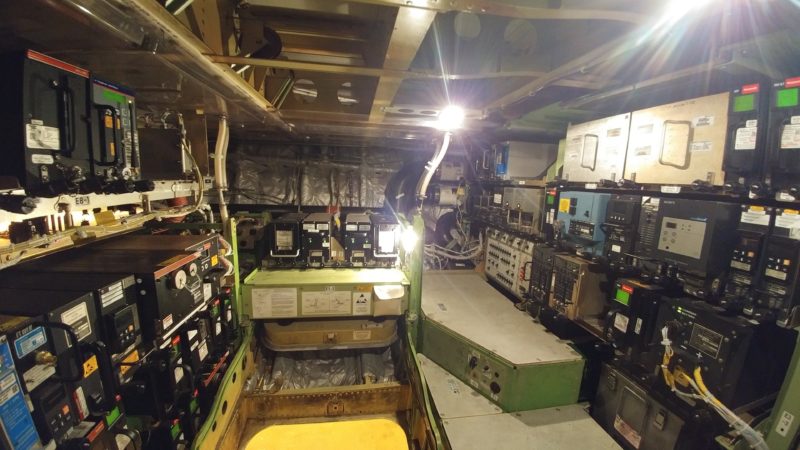Boeing is facing a mammoth task of separating wiring bundles, which aviation safety regulators flagged as dangerous, in hundreds of grounded 737 MAX aircraft around the world, before the aircraft enters service.
Exclusively reported by Reuters, two people familiar with the matter have said that the company plans to separate bundles of critical wiring, used for various systems in the 737 MAX, after the Federal Aviation Administration (FAA) identified the possibility of a short circuit, which in extreme cases, could lead to a catastrophic accident.
The decision to separate the bundles comes not long after Boeing said that the changes to the wiring were not required; however the FAA were quick to reject this, stating that it was now up to Boeing to resolve the issue.
When the problem was first identified, during intense scrutiny of the aircraft, Boeing told the FAA that the same wiring bundle design and positioning is found in the 737 Next Generation, which has been flying since 1997.
Boeing now has to approach hundreds of 737 MAX aircraft and separate the problematic bundles of wiring; adding to the woes the company is facing around the 737 MAX crisis, as the grounding surpasses the one year mark.
Separating the wiring bundles is expected to take one week per aircraft; however Boeing does not see a delay to the re-certification and re-entry into service of the 737 MAX, as most of the work will be completed when restoring aircraft from storage conditions, according to one of the people in contact with Reuters. Additionally it is understood that customers can do the work themselves, providing they consult with Boeing along the way.
It is understood that there are more than a dozen different locations on the 737 MAX where wiring bundles may be too close together, with the primary locations being under the flight deck in the main electrical and avionics bays.

Boeing has already begun preparing the 737 MAX for service, by sorting out the final version of the Manoeuvring Characteristics Augmentation System (MCAS) software update, and they are working through simulator and flight tests. Although no firm date has been selected, the certification flight is targeted for the upcoming few weeks.
But one thing remains and that is the COVID-19 outbreak around the world might see airlines not wanting the 737 MAX, as soon as they originally wanted them. What used to be a royal pain not having the aircraft in the fleet might now be a financial saviour, as capacity cuts roar through the industry.
The company has already halted its hiring spree and has limited travel as a result of COVID-19. They are now working to reduce spending, by reducing overtime to those working on the 737 MAX and other company projects. The New York Times reported that a person with knowledge of the matter said Boeing also has plans to draw down a $13.8 billion credit line, to shore up its cash position.
Order wise, Boeing recorded multiple cancellations for the 737 MAX last month; including 11 from Air Canada. Other airlines and lessors opted to convert 737 MAX orders to larger aircraft, such as the 787 Dreamliner.